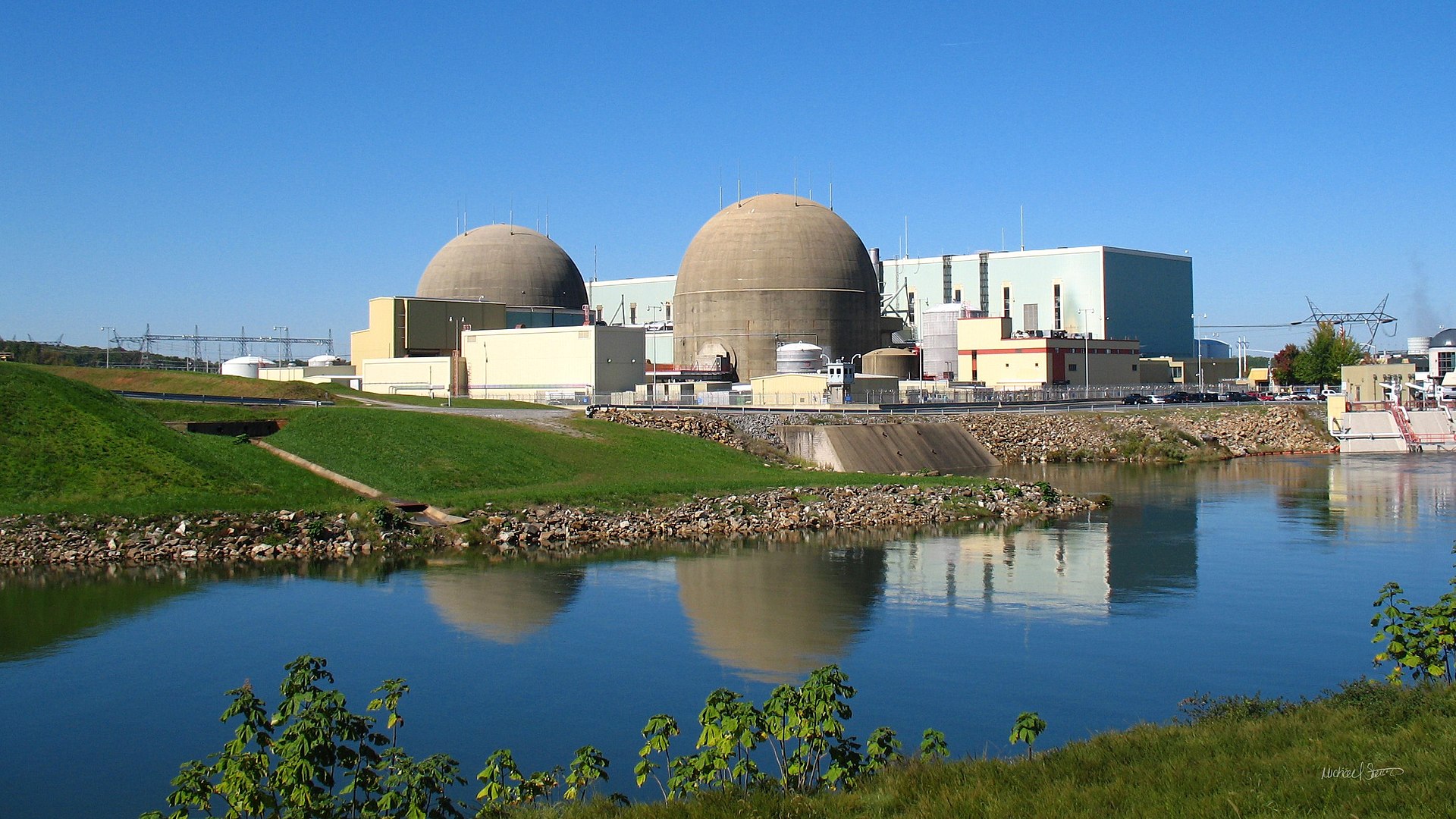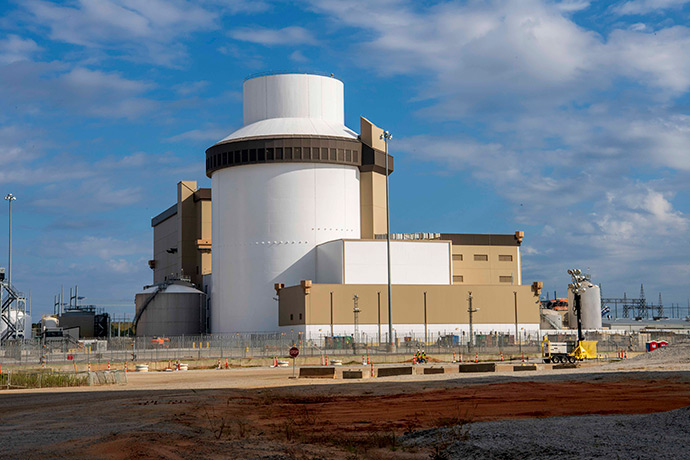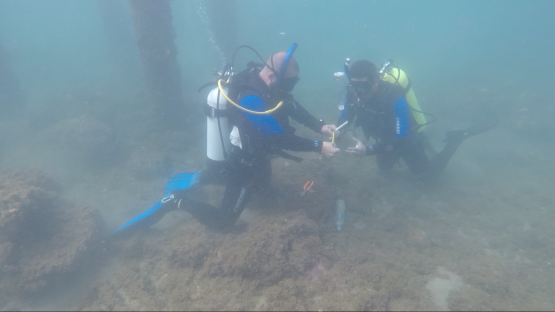A schematic of TerraPower’s proposed Natrium nuclear power plant. (TerraPower)
A public hearing in Kemmerer, Wyo., drew dozens of comments and questions about TerraPower’s plans to build the Natrium nuclear reactor demonstration project in the coming years.
Nuclear was the only energy source to show a boost in public opinion over the past decade. (Graph: Jon A. Krosnick and Bo MacInnis, Climate Insights 2024: American Understanding of Climate Change; Washington, DC: Resources for the Future; 2024.)
A new report based on what its authors call “the definitive American public opinion surveys on climate change and the environment” has found a statistically significant increase in the percentage of survey respondents who think nuclear power is a good way to generate electricity, relative to a survey that asked the same question in 2013. That’s despite evidence that “Americans’ views on climate change have remained remarkably steady.” The new report, Climate Insights 2024: American Understanding of Climate Change, is the product of a 27-year polling partnership led by the Political Psychology Research Group at Stanford University and Resources for the Future (RFF), and it was released July 15.
The former site of the K-33 gaseous diffusion enrichment plant in Oak Ridge’s East Tennessee Technology Park is the future site of Hermes and Hermes 2. (Photo: Kairos Power)
Nuclear Regulatory Commission staff has completed its final safety evaluation for Kairos Power’s application to build its Hermes 2 molten salt–cooled reactor test facility in Oak Ridge, Tenn., the agency announced July 22. Earlier, and independently, the NRC’s Advisory Committee on Reactor Safeguards (ACRS) reviewed safety-related aspects of the Kairos application and provided its review to the Commission on July 17. The evaluation concluded that there are no safety aspects that would preclude issuing a construction permit for the facility, but that can’t happen until the NRC staff issues its final environmental assessment later this summer and the Commission assesses the staff’s work (under newly streamlined procedures for mandatory hearings) this fall before voting on whether to authorize a construction permit.
The 10 MW core of MURR contributes to the global supply of radioisotopes for medical radiopharmaceuticals and research. (Photo: MURR)
The University of Missouri Research Reactor (MURR) is the latest member of Nuclear Medicine Europe, an industry association for the radiopharmaceutical and molecular imaging industry in Europe, the University of Missouri announced July 17.
July 19, 2024, 3:06PMNuclear NewsBenny Evangelista and Charlie Osolin Concept art showing an IFE power plant of the future. (Image: Eric Smith/LLNL)
It was a laser shot for the ages. By achieving fusion ignition on December 5, 2022, Lawrence Livermore National Laboratory proved that recreating the “fire” that fuels the sun and the stars inside a laboratory on Earth was indeed scientifically possible.
Prime Minister Petr Fiala (center right), ČEZ chief executive officer Daniel Beneš (left), and ministers Zbyněk Stanjura (center left) and Jozef Síkela at a press conference on July 17. (Photo: Czech Republic)
Korea Hydro & Nuclear Power is now in discussions with the Czech Republic for construction of two nuclear units at the Dukovany site and possible new energy sources at Temelín, the country’s other nuclear power facility.
An image of TRISO fuel particles. (Image: BWXT)
BWX Technologies Inc. announced today that its Advanced Technologies subsidiary has signed a cooperation agreement with the state of Wyoming to evaluate locations and requirements for siting a potential new TRISO nuclear fuel fabrication facility in the state.
IAEA director general Rafael Mariano Grossi delivers his opening address at the International Conference on Nuclear Knowledge Management and Human Resources Development. (Photo: Dean Calma/IAEA)
Industry leaders from around the globe met this month to discuss the talent development that will be necessary for the long-term success of the nuclear industry.
The International Conference on Nuclear Knowledge Management and Human Resources Development, hosted by the International Atomic Energy Agency, was held in Vienna earlier this month. Discussed there was the agency’s forecast for nuclear capacity to more than double—or hopefully triple—by 2050 and the requirement of more than four million professionals to support the industry.
The North Anna nuclear power plant. (Photo: Dominion)
Dominion Energy Virginia has issued a request for proposals from leading nuclear companies to study the feasibility of putting a small modular reactor at its North Anna nuclear power plant.
While the utility says it is not a commitment to build an SMR at the site, the RFP is “an important first step in evaluating the technology and the North Anna site to support Dominion Energy customers’ future energy needs consistent with the company’s most recent Integrated Resource Plan.”
July 17, 2024, 11:18AMUpdated July 17, 2024, 8:24PMNuclear News Unit 3 at the Vogtle nuclear power plant. (Photo: Georgia Power)
One of the new Vogtle units in Georgia was shut down unexpectedly on Monday last week for a valve issue that has since been investigated and repaired. According to multiple local news outlets, Georgia Power reported on July 17 that Unit 3 was back in service.
Southern Company spokesperson Jacob Hawkins confirmed that Vogtle-3 went off line at 9:25 p.m. local time on July 8 “due to lowering water levels in the steam generators caused by a valve issue on one of the three main feedwater pumps.”
INL’s new Bitterroot supercomputer installed in the Collaborative Computing Center. (Photo: INL)
A new supercomputer named Bitterroot started operating in June at Idaho National Laboratory’s Collaborative Computing Center (C3) and is speeding up nuclear energy research by improving access to modeling and simulation tools. Bitterroot arrived at INL in March, and the announced July 15 that the supercomputer was open to users on June 18 after installation and an extensive program of testing.
Researchers take samples of a microorganism that could produce toxins. (Photo: CEAC)
Oceans link all the continents of the world, and fish don’t respect boundary lines. So it’s fitting that a global organization—the International Atomic Energy Agency—is helping nations detect and monitor both plastic pollution and biotoxins in marine algae that can lead to outbreaks of contaminated seafood.


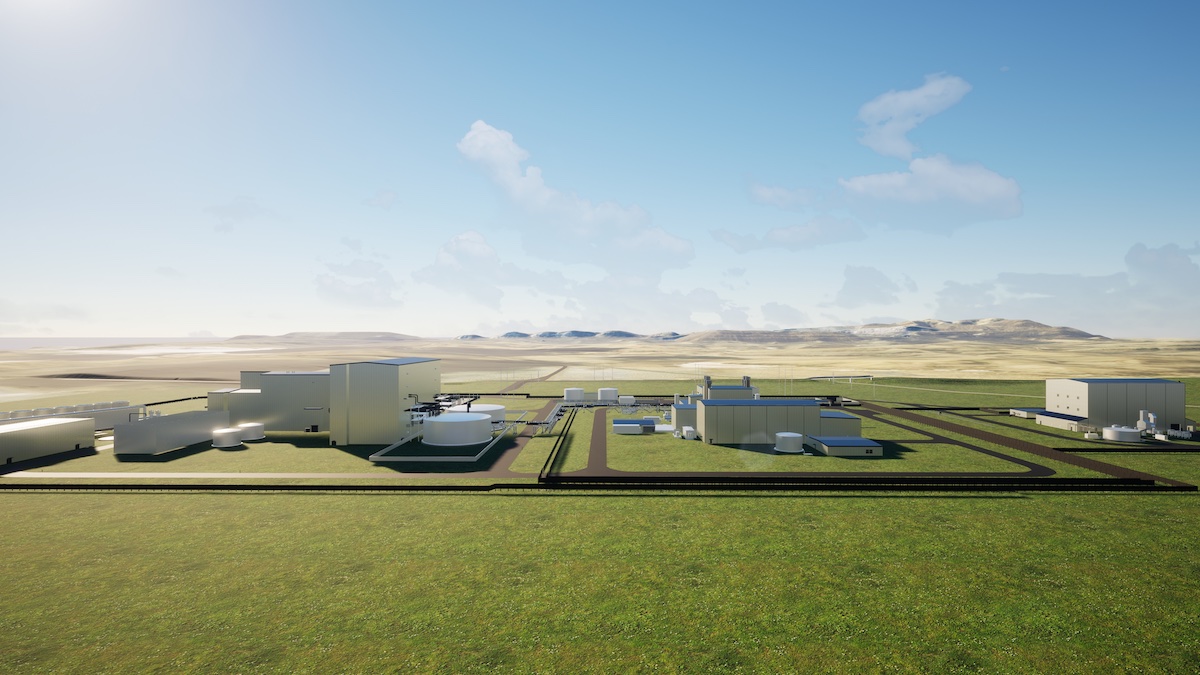

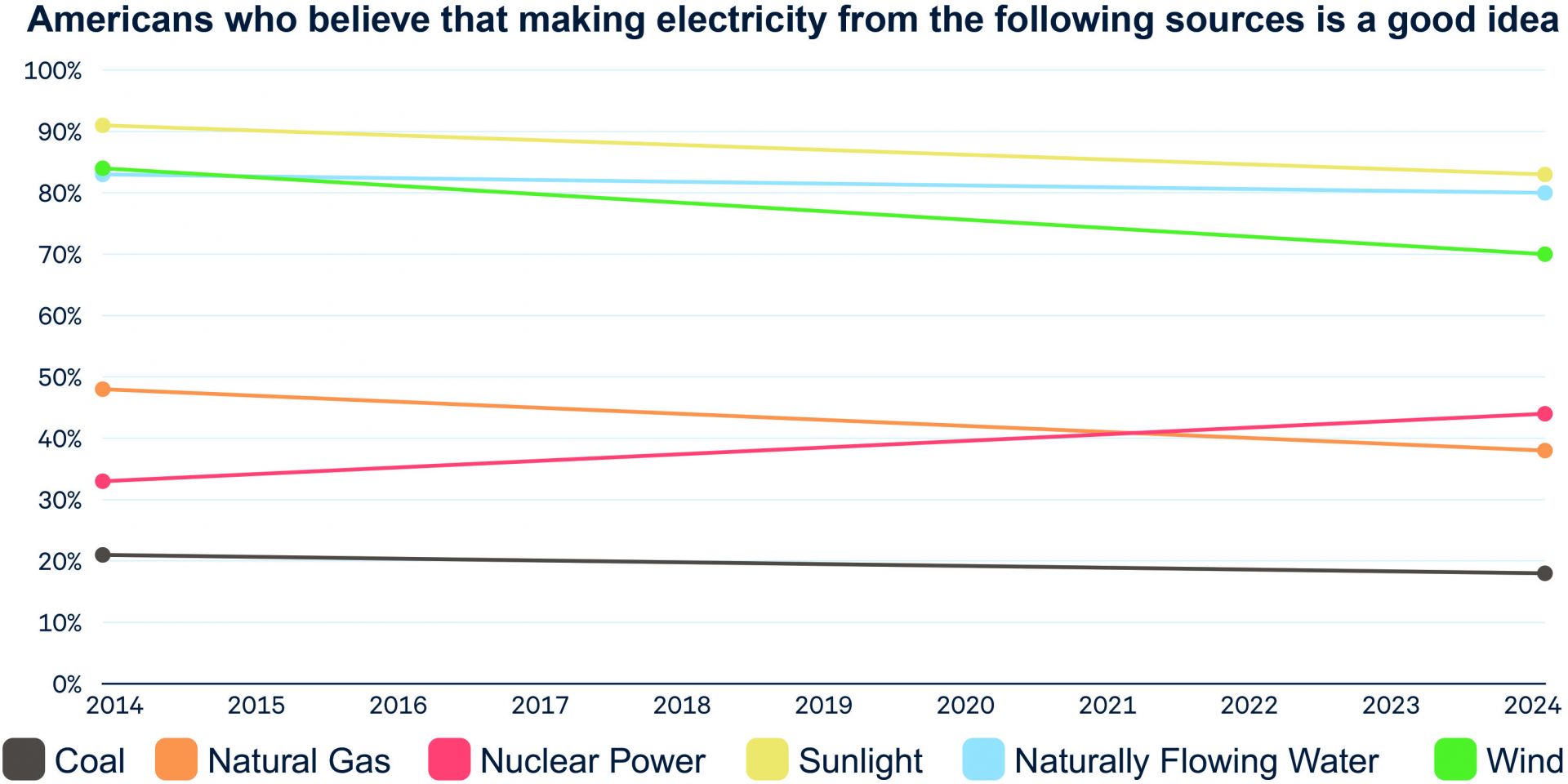







 Following new federal funding and programs announced
Following new federal funding and programs announced 

